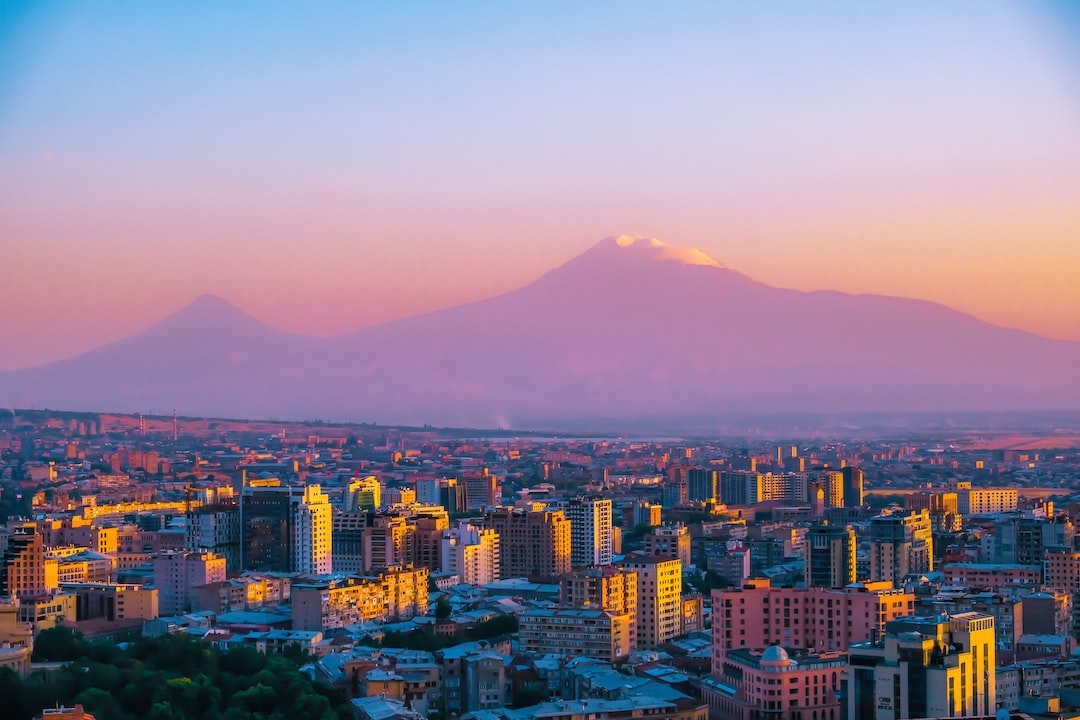Are you looking for a unique way to add cultural flair and traditional charm to your wedding?
Look no further than Armenian wedding traditions.
There’s something here for everyone, from engagement rituals, pre-wedding customs, the ceremony itself, and post-nuptial celebrations.
With deep roots in history, these special practices can help make your day even more memorable.
So what exactly are Armenian wedding traditions? Read on to find out.
Armenian Wedding Traditions
Engagement Traditions
Engagement traditions are an important part of Armenian culture. The proposal custom is usually done by the groom’s family visiting the bride’s family to ask for her hand in marriage.
This is a formal and respectful way of asking for permission to marry their daughter or sister.
After the proposal is accepted, the couple exchanges rings as a symbol of their commitment to each other.
The ring exchange ceremony often occurs at church and includes prayers from both families.
The blessing ceremony is another important engagement tradition in Armenia.
During this event, both families come together to celebrate the union between two people who have chosen each other as life partners.
It’s also a time for them to share stories about how they met and why they decided to get married.
There may be traditional dances performed during this celebration, along with food and drinks shared among all guests present at the event.
Let’s go into further detail.
1. Proposal Customs
Proposal customs may vary from region to region but generally involve members of the groom’s family visiting the bride’s home with gifts such as jewelry or money.
Depending on local customs and traditions, this can include singing songs or reciting poems dedicated to expressing love for one another before formally asking permission from parents or guardians if necessary.
2. Exchange Of Rings
The exchange of rings during an Armenian engagement ceremony typically involves presenting two wedding bands – one gold band for him and one silver band for her – which will later be worn on their left hands after being blessed by priests during religious ceremonies.
Both parties must agree upon exchanging these rings before proceeding further into planning wedding details such as venue selection, guest list, etcetera.
3. Blessing Ceremony
Engagement traditions in Armenian weddings are filled with meaningful customs and blessings, setting the tone for a beautiful celebration.
As we move on to pre-wedding rituals, you’ll learn more about the unique ceremonies that make up this culture’s wedding experience.
Pre-Wedding Rituals
4. Bride’s Ritual
In Armenian culture, there are several pre-wedding rituals that take place before the wedding day.
The bride has a special blessing ceremony where she is surrounded by her female relatives and friends who offer her blessings for her future marriage.
This ritual is typically held at the bride’s home or in a church and includes prayers, singing, and traditional dances.
During this time, gifts such as jewelry or money may be given to the bride from family members and close friends.
The bride also has a farewell dinner with her family and friends before she leaves for the groom’s house on the wedding day.
This dinner usually takes place one night before the wedding day and is meant to allow all of those closest to the bride to wish her well before starting married life with her husband-to-be.
5. Groom’s Ritual
The groom also has his blessing ceremony, where he is surrounded by his male relatives and friends who offer him blessings for his future marriage.
Similar to what happens during the Bride’s Blessing Ceremony, gifts such as money or jewelry may be given from family members during this time as well.
The groom’s blessing ceremony often takes place either at his home or at a local church near where he lives prior to leaving for his wedding venue on the big day itself.
These pre-wedding rituals are important traditions in Armenian culture that help bring families together while celebrating the love between two people about to embark on their journey into married life together.
Pre-wedding rituals in Armenian culture are filled with meaningful symbolism and celebration, setting the tone for a beautiful wedding day.
As we move on to Wedding Day Traditions, it is important to remember the significance of these special moments that come before the big event.
Wedding Day Traditions
On the wedding day, there is a procession from the bride’s house to the church or venue where they will be married.
This procession often includes music and dancing, as well as family members and friends of both families. It is a joyous occasion that symbolizes the union of two people in love.
6. Procession to the Church or Venue
The procession usually begins at the bride’s home, with her parents leading her out while holding lit candles.
The groom then arrives on horseback or in an ornate carriage accompanied by his groomsmen and family members.
As they make their way towards their destination, guests line up along either side of them, showering them with flower petals and blessings for a happy marriage ahead.
7. Crowning of the Bride and Groom
Once they reach their destination, both families come together to crown the bride and groom with crowns made of flowers or gold coins as a symbol of their union.
These crowns are blessed by priests before being placed on each other’s heads during this ceremony.
The couple then exchange rings which signify eternal love between them for all eternity according to ancient traditions dating back centuries ago when exchanging rings was first practiced by couples getting married in Rome.
8. Exchange of Vows and Rings
On the wedding day, a procession is held from the bride’s house to the church or venue where they will be married.
This marks the beginning of their journey together and is often accompanied by music and singing.
At this point, both families come together to crown the bride and groom with crowns made of flowers or gold coins as a symbol of their union.
The crowning ceremony has been part of many cultures for centuries, signifying that two people are now one in marriage.
After this comes the exchange of vows and rings, which serves as an outward expression of commitment between two people in love.
Vows can be traditional or written by each partner themselves; either way, it’s important to express your feelings towards one another during this momentous occasion.
Rings are also exchanged at this time as a token of eternal love – typically given from man to woman but sometimes vice versa.
The exchange is usually followed by a blessing from parents and guests who wish them well in their new life together.
It’s customary for family members, such as grandparents, siblings, cousins etc., to offer words of wisdom about what it takes to make a successful marriage along with prayers for good fortune in all aspects, including health, wealth and happiness.
9. Post-Wedding Celebrations and Customs
Finally, there may be some post-wedding celebrations such as receptions or banquets, depending on cultural traditions.
These events provide an opportunity for friends and family members who couldn’t attend the actual ceremony itself but still want to show support through food, drinks & dancing.
Receptions can vary greatly depending on culture but typically involve plenty of delicious food served buffet style alongside speeches from close relatives & friends wishing them luck in their future endeavors.
Honeymoons are also popular among Armenian newlyweds looking for some alone time after all those months (or years.) spent planning out every detail leading up to their big day.
From the traditional procession to the crowning of the bride and groom, Armenian wedding day traditions are steeped in symbolism and grandeur.
As these celebrations come to a close, it’s time for the newlyweds to embark on their journey together with post-wedding customs that honor their union.
Conclusion
From the engagement traditions to the post-wedding celebrations, Armenian wedding traditions are steeped in rich cultural history and customs.
Whether you’re looking for a unique way to honor your heritage or add some extra special touches to your big day, these Armenian wedding traditions can help make it truly unforgettable.
With so many different options available, there is sure to be something that will fit perfectly into any couple’s dream wedding.




